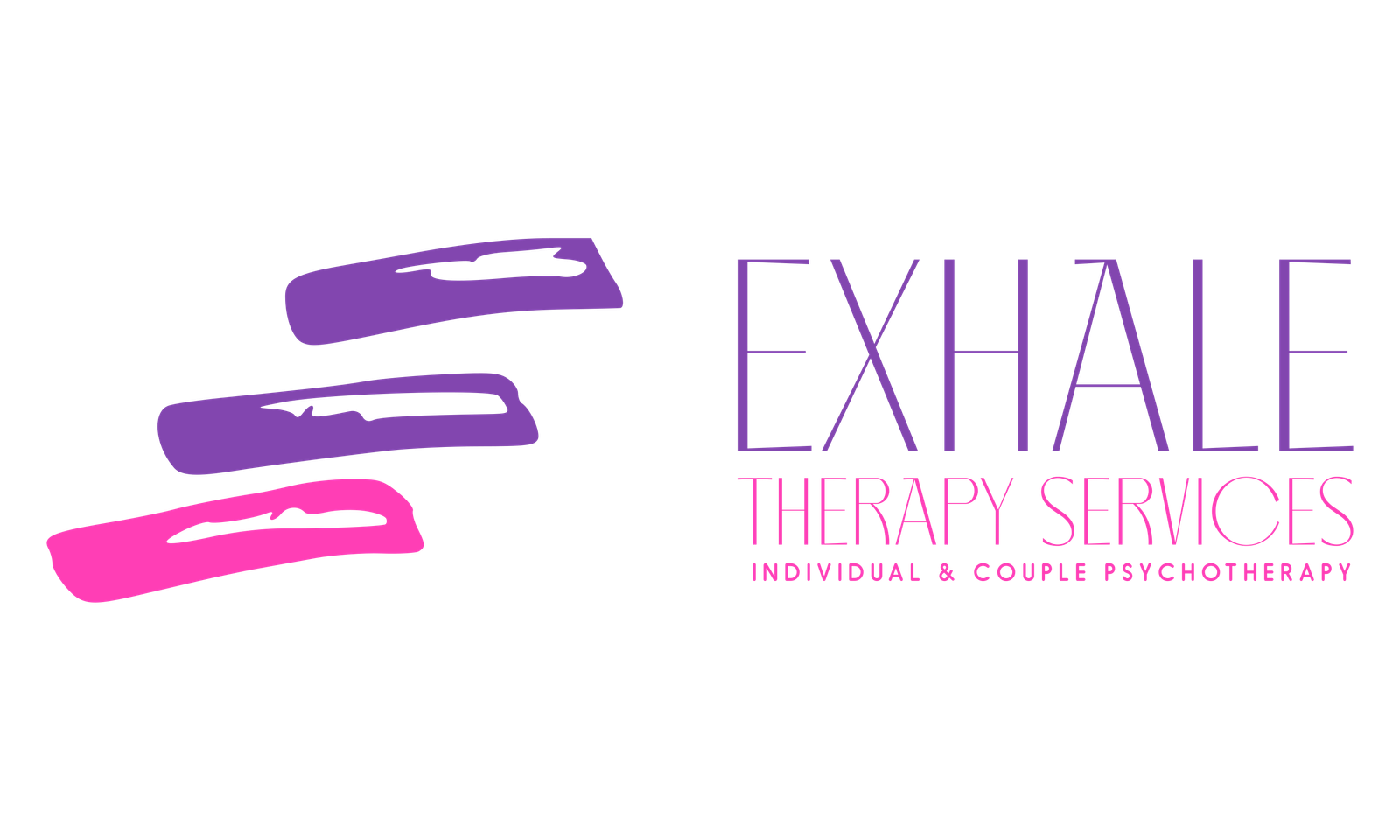Transform Your Anxiety Management with Expert-Approved Mindfulness exercises

Image Source: FreeImages
Mindfulness and Anxiety
Anxiety is an ever-present emotion that many people experience on a daily basis. It can manifest itself in various forms, such as constant worry, fear, and even physical symptoms like rapid heartbeat or shortness of breath. While anxiety is a natural response to stress, it can become debilitating if not managed effectively. One method that has gained popularity in recent years for managing anxiety is mindfulness. Mindfulness is the practice of focusing one’s attention on the present moment and being fully aware of thoughts, feelings, and sensations without judgment. This article will explore the connection between mindfulness and anxiety, discuss the science behind mindfulness as an anxiety management tool, and share expert-approved mindfulness exercises for anxiety.
Understanding Anxiety and Its Impact on Daily Life
Anxiety can have a significant impact on an individual’s daily life, affecting their relationships, work, and overall well-being. People suffering from anxiety often find it difficult to concentrate, sleep, and enjoy life as they constantly worry about the future or dwell on past events. This constant state of worry can lead to a host of physical and mental health problems, including headaches, fatigue, irritability, and even depression. In many cases, the fear of experiencing anxiety can cause individuals to avoid certain situations, further exacerbating their anxiety and limiting their life experiences.
The Science Behind Mindfulness for Anxiety Management
A growing body of research supports the use of mindfulness for anxiety management. Studies have shown that practicing mindfulness can reduce anxiety symptoms, improve attention and focus, and enhance overall well-being. The reason mindfulness is effective in managing anxiety lies in the fact that it helps individuals become more aware of their thoughts and emotions without getting caught up in them. This awareness allows people to recognize negative thought patterns and learn to respond to them in a more constructive, healthy way. Furthermore, mindfulness practices have been shown to decrease the activity in the amygdala, the part of the brain responsible for processing fear and anxiety, while increasing activity in the prefrontal cortex, which is responsible for rational thinking and decision making.
Top Expert-Approved Mindfulness Exercises for Anxiety
Mindfulness Worksheets
One of the easiest ways to begin practicing mindfulness for anxiety is by using mindfulness worksheets. These worksheets typically include prompts and exercises designed to help individuals focus on their thoughts, feelings, and sensations in the present moment. Examples of mindfulness worksheet activities include journaling about your emotions, identifying triggers for anxiety, and listing things you are grateful for. Using mindfulness worksheets can help you gain a deeper understanding of your anxiety and develop healthy coping strategies to manage it more effectively.
Mindful Breathing
Mindful breathing is a simple yet powerful exercise that can be practiced anywhere, anytime. To practice mindful breathing, find a comfortable position and close your eyes. Take a deep breath in through your nose, and then exhale slowly through your mouth. Focus on the sensation of the breath as it enters and leaves your body, and try to maintain this focus for several minutes. If your mind begins to wander, gently bring it back to your breath. Regularly practicing mindful breathing can help reduce anxiety by calming the mind and body.
Meditation for Anxiety Script
Meditation scripts are a useful tool for guiding individuals through a mindfulness practice focused on easing anxiety. These scripts often include instructions for relaxation, visualization, and mindfulness techniques to help you become more present and less consumed by your anxious thoughts. To use a meditation script for anxiety, find a quiet, comfortable space, and read or listen to the script while practicing the mindfulness techniques suggested. With time and practice, meditation scripts can become a valuable resource in your anxiety management toolkit.
Guided Meditation Script for Anxiety
Guided meditation scripts for anxiety are similar to general meditation scripts, but they are specifically designed to address anxiety symptoms and triggers. These scripts often include visualization exercises to help you imagine a safe, calming space and focus on positive emotions. Guided meditation scripts for anxiety can be particularly helpful for individuals who struggle with self-guided mindfulness practices, as they provide a structured, supportive framework for managing anxiety.
Mindfulness Techniques for Anxiety
Mindful Grounding Techniques
Grounding techniques are mindfulness exercises that help individuals manage anxiety by reconnecting with their immediate environment. Examples of grounding techniques include the 5-4-3-2-1 method, where you identify five things you can see, four things you can touch, three things you can hear, two things you can smell, and one thing you can taste. By focusing on your senses, you can bring your attention back to the present moment and away from anxious thoughts.
Body Scan Meditation
Body scan meditation is a mindfulness practice that involves systematically focusing your attention on different parts of your body. To practice body scan meditation, find a comfortable position, and close your eyes. Starting at the top of your head, gently bring your attention to each area of your body, noticing any sensations, tensions, or discomfort. As you move through your body, try to release any tension you may be holding. Body scan meditation can help decrease anxiety by promoting relaxation and increasing awareness of physical sensations.
Visualization Exercises
Visualization exercises involve using your imagination to create a mental image of a calming, peaceful scene or situation. To practice visualization, find a quiet, comfortable space, and close your eyes. Imagine a scene that brings you a sense of peace and relaxation, such as a beautiful beach or a serene forest. Focus on the details of the scene, including the sights, sounds, and smells. Visualization exercises can help reduce anxiety by providing a mental escape from anxious thoughts and promoting relaxation.
Incorporating Mindfulness Practices into Your Daily Routine
To experience the full benefits of mindfulness for anxiety, it is important to incorporate mindfulness practices into your daily routine. Start by setting aside a specific time each day for mindfulness exercises, such as first thing in the morning or before bed. Experiment with different mindfulness exercises to find the ones that resonate with you and are most effective in managing your anxiety. Remember that mindfulness is a skill that takes time and practice to develop, so be patient with yourself as you work towards a more mindful and anxiety-free life.
Tips for Maintaining a Consistent Mindfulness Practice for Anxiety
- Create a dedicated space for mindfulness practice, free from distractions and conducive to relaxation.
- Set realistic expectations and goals for your mindfulness practice, and be patient with your progress.
- Schedule mindfulness practice into your daily routine to ensure consistency.
- Keep a mindfulness journal to track your thoughts, feelings, and progress.
- Seek support from friends, family, or a mindfulness group to help maintain accountability and motivation.
Measuring the Success of Your Mindfulness Practice for Anxiety Management
Success in mindfulness practice for anxiety management can be measured in various ways, including a reduction in anxiety symptoms, improved ability to cope with stress, and increased overall well-being. It is important to remember that mindfulness is a personal journey, and individual experiences and progress may vary. Be patient with yourself and celebrate small victories, such as successfully completing a mindfulness exercise or noticing a decrease in anxiety during a stressful situation.
Conclusion: Embracing Mindfulness for a Calmer, More Focused Life
Incorporating mindfulness exercises for anxiety into your daily routine can have a transformative impact on your ability to manage anxiety and enjoy a calmer, more focused life. By practicing mindfulness techniques for anxiety, such as mindfulness worksheets, mindful breathing, and guided meditation scripts, you can develop the skills and awareness necessary to better cope with anxiety and live a more fulfilling life. With time, patience, and dedication, mindfulness can become a powerful tool in your anxiety management toolkit, helping you cultivate greater well-being and peace of mind.




